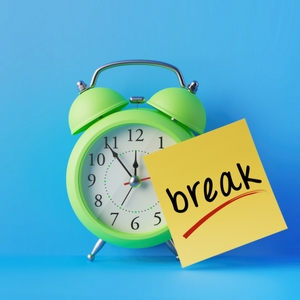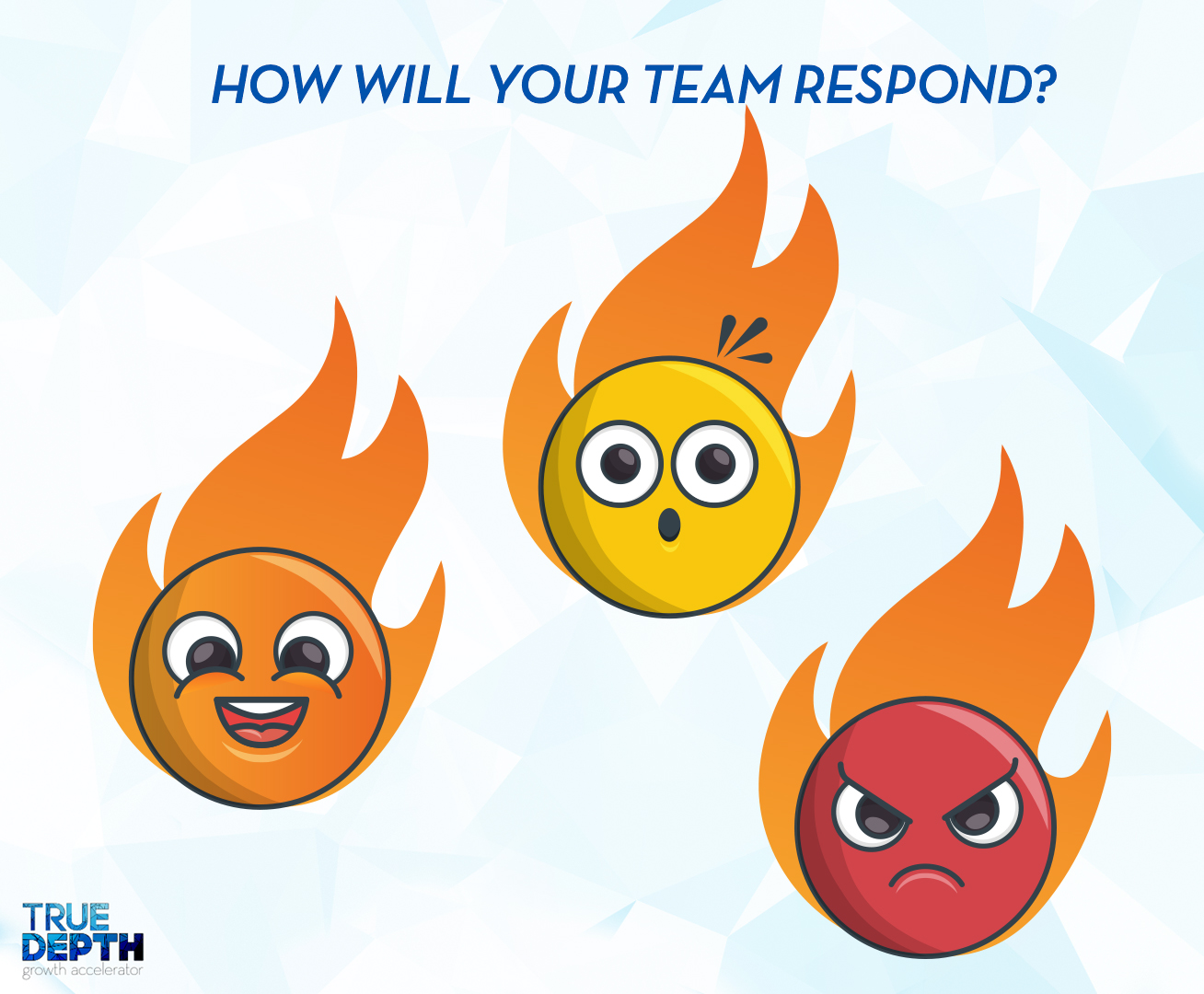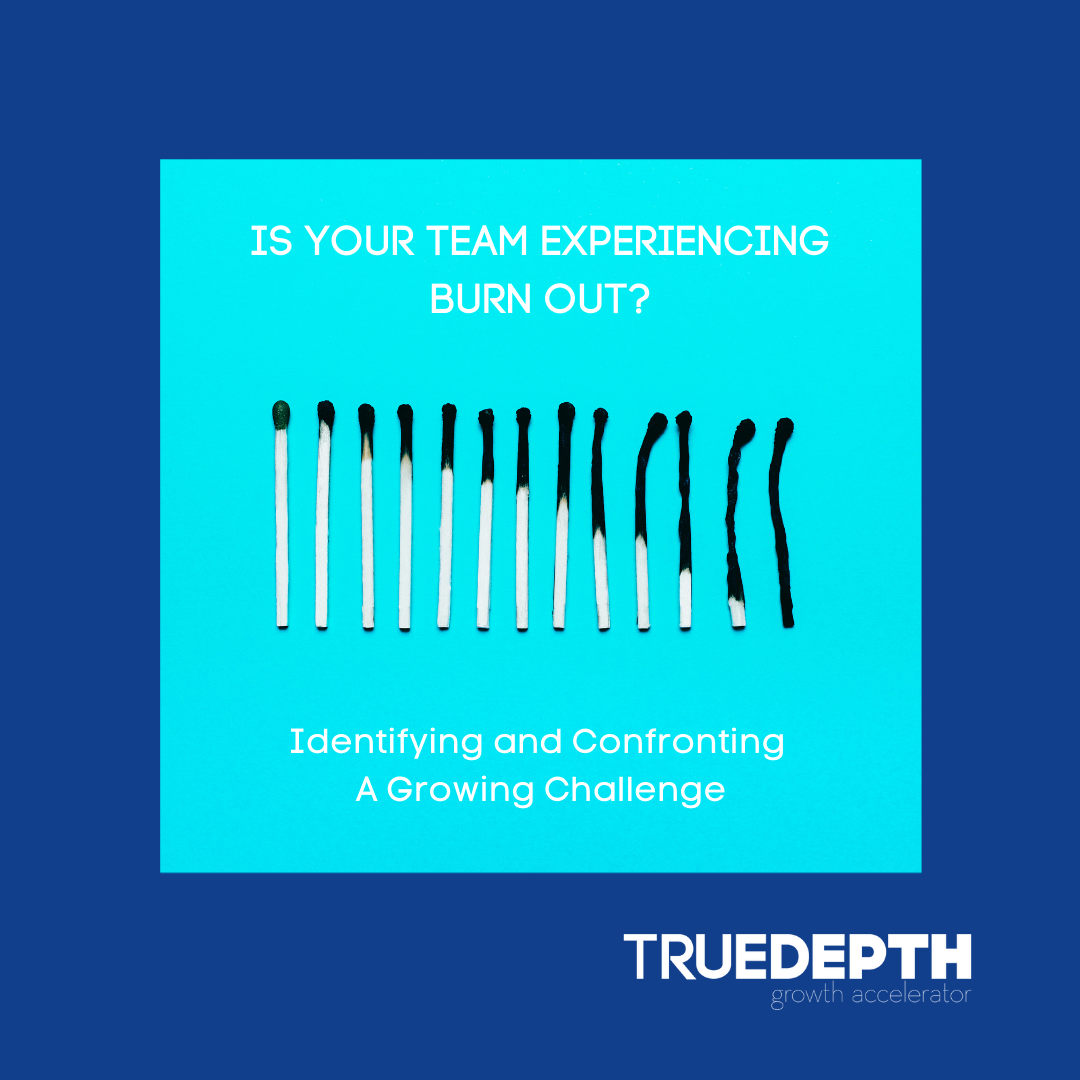You might be familiar with burnout as a term or have even felt the effects…
Professional Services Firms Must Think Differently About Productivity
In the early 1900s, self-styled motion study and efficiency experts looked for ways to streamline industrial workers’ movements to enable assembly lines to move as quickly – and profitably – as possible. The idea was to keep workers moving nonstop in prescribed, repetitive patterns deemed to be “efficient.”
Even today, many professional service companies—marketing services agencies, law and accounting firms, and the like—hold employees to increasingly high (and often unreasonable) “billability” or utilization goals that must be met in order to be considered for promotions, raises and other benefits. These requirements can often force employees to make the most of their working day by plowing through tasks uninterrupted and gulping down lunch at their desks – all while trying to multi-task and do three things at the same time.
Well, when it comes to increasing real productivity, it doesn’t work. Expecting people to work like machines is ultimately counterproductive and generally demoralizing to staff.
I’ve spent nearly my entire career in professional services firms and the insight I’m about to share with you has been proven to me time and time again.
More work is seldom the best work.

Now I’m not saying we should do away with key metrics like utilization targets for employees, but we have to change the way we think about productivity. Many still think that employees who remains chained to their desk, working at the office until 7:00 pm and then coming online after 10:00 are the “productive stars.” In truth, these employees are not necessarily productive; they are just working longer, drinking more coffee and remaining “busy”. Even worse, it forces employees to remain and “be seen” in the office working late – even if they aren’t necessarily producing any real results for clients. Leaders should consider alternative ways to evaluate productivity.
While coffee and working long hours might provide some minor boosts to the volume of tasks we perform, they almost certainly reduce the quality of our output. It is also certain to result in burnout eventually. What’s so productive about that?
Science has proven what many of us have always thought: We’ve got to learn to punctuate our work with regular, meaningful breaks – for the sake of the quality of work as well as our own well-being.
The fact is, taking regular time-outs during the work day – to chat with a co-worker, visit the company gym or just look at cat pictures on Facebook – goes a long way towards both improving productivity and a person’s state of mind. Hopefully, some of you are taking a small break right now while reading this article! The need for these breaks doesn’t change because an employee works from home or works in an office. Everyone needs some form of these brief, frequent breaks throughout the day. Taking short, yet frequent breaks clearly benefits both the employee and the employer in several ways:
- Stress Reduction. Sustained, intensive focus – particularly when seated at a desk – lets physical stress build up without an opportunity to dissipate. Getting up and moving around loosens the safety valve.
- Improved objectivity. Stepping back from your work, even for a few moments, helps to put it in a broader context. The result: More objective, better-reasoned decisions.
- Enhanced creativity. Your mind requires a balanced conceptual diet – and staring at the same spreadsheet for hours at a time doesn’t provide it. Different forms of stimuli activate different areas of our brains, and help to get them all working “in synch” to conceptualize or problem-solve better.
A Psychology Today article details even more of the powerful mental benefits that regular breaks provide. And a recent study even breaks down the best times to take them, and for how long: Evidently, the most productive workers tend to take breaks averaging 17 minutes at 52 minute intervals. Yes, I know this might seems excessive to many managers. I can hear managers everywhere asking, “What does that guy do all day?” or “How in the world does she ever get her work done?.” I’ve personally worked with people who take advantage of taking frequent breaks and yet still, meet or exceed their utilization quotas.
Not everyone will need 17 minute breaks every ninety in order to be productive. Personal productivity is indeed just that: PERSONAL. What works for one won’t work for someone else. Recognizing that, and not judging others with differing needs, is a good first step. Read the book Peak Performance by Brad Stulberg to learn more about the positive impact of taking short, yet frequent breaks if what I’ve written here has piqued your interest.
When it comes to breaks, doing less really results in doing more – and doing it better.



